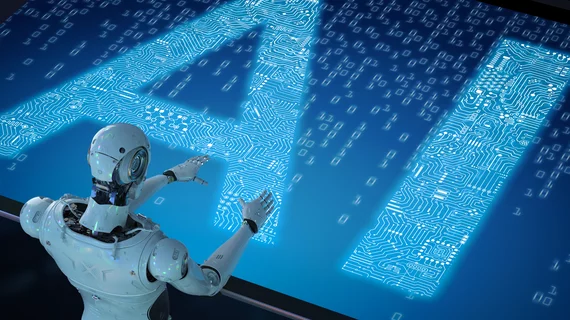What can patents teach us about the potential impact of AI?
Researchers have found a new way to predict AI’s impact on the U.S. workforce: paying close attention to patents.
According to a recent analysis by researcher Michael Webb, “recognize,” “predict,” “detect,” “identify” and “determine” were the five most common verbs found in a study of more than 16,000 AI-related patents. A blog post from the Brookings Institution explained the importance of these findings.
“Since patents are predictions of future commercial relevance, Webb’s verb-object pairs come about as close as we can get to understanding how researchers and companies anticipate AI may be deployed,” according to the blog post. “And since applicants must pay nontrivial fees for filing patents, these words’ predictive value likely exceeds purely subjective expert assessment.”
The verbs highlighted by Webb’s report all sound like they could be describing an AI solution to be used in medical imaging—does this mean that could be an area of the U.S. workforce affected by AI?
Click the link below to learn more.

